Delia Bacon may have been amongst the first to doubt
that Shakespeare wrote the plays and that Francis Bacon may have been
responsible for their authorship instead, but amongst the first to look for
evidence of that authorship within the plays themselves was Dr Orville Ward
Owen. Dr Owen devised a ‘cipher wheel’ to assist his researches, on which he
mounted pages from Shakespeare, together with other pages from the works of
Bacon, Marlowe, Burton, Greene and other Elizabethan authors. Then he set about
looking for ‘key words’ and making associations in the surrounding text.
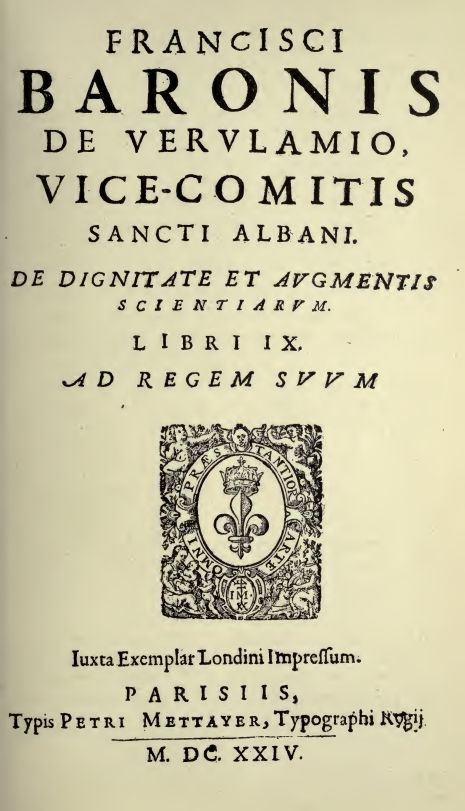 |
| Francis Bacon - De Augmentis - 1624 |
Owen
claimed to have found evidence that Queen Elizabeth I had secretly married
Robert Dudley, Earl of Leicester and that she had given birth to two children.
The first was secretly fostered by Sir Nicholas and Lady Anne Bacon, and was
raised as their own son, Francis. The second child was Robert Devereux, 2nd
Earl of Essex (later executed for treason by his own mother). By this account,
Sir Francis Bacon was the rightful heir to the throne of England and so should
have been made King after Elizabeth’s death. In later life, Bacon became aware
of his secret inheritance and hid a record of it in his own works and in those
of other writers; it was this record that Owen claimed to have discovered.
Such
a claim was received with incredulity, unsurprisingly, and Owen’s work was
heavily criticised after its publication. His reliance on advantageous
selectivity, his changes to the quotations he used and his dubious translations
and alterations were all noted and his theories were largely discredited. Owen
died in virtual penury, regretting the time, money and health he had sacrificed
on his ill-conceived ideas. But that didn’t stop others following his example
and coming up with theories of their own.
 |
| Mrs Elizabeth Wells Gallup |
Mrs Elizabeth Wells Gallup integrated
Owen’s claims of Bacon’s parentage with her own theory that Bacon had encoded
his messages in the text of the works of Elizabethan writers. She took Bacon’s
own method of the bi-literal cipher and began to look for instances of its use
in, for example, the first folio of Shakespeare’s plays. She looked at the
fonts used in the texts and identified a font-a and a font-b, divided the words
into blocks of five letters and according to whether the font-a or font-b had been
used she decoded each of the letters according to the alphabet set out in
Bacon’s own explanation of the bi-literal cipher.
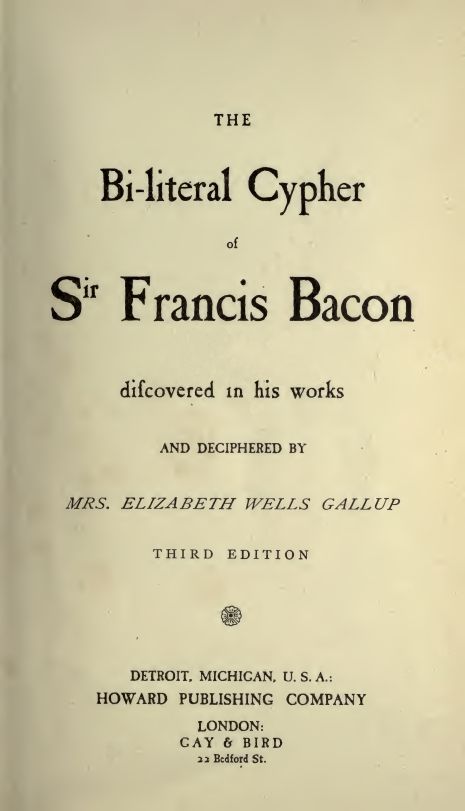 |
| Mrs E W Gallup - The Bi-Literal Cypher of Sir Francis Bacon |
Mrs Gallup’s method soon
began to yield results and she discovered messages encoded not only in
Shakespeare but also in Bacon’s own works, Edmund Spenser’s poetry, Christopher
Marlowe’s plays, Burton’s prose and other Elizabethan writers. She confirmed
what Owen had claimed to find – that Bacon had really been the child of
Elizabeth and Leicester, brother of Essex, and the true King of England. Here,
for instance, is what she said was encoded in Spenser’s Complaints of
1590-91,
“Our name is Fr. Bacon, by adoption, yet it shall be different. Being of blood roial, (for the Queene, our sov'raigne, who maried by a private rite the Earle Leicester - and at a subsequent time, also, as to make surer thereby without pompe but i' th' presence o' a suitable number of witnesses, bound herselfe by those hymeneall bands againe - is our mother, and wee were not base-born or base begot) we be Tudor, and our stile shall be Francis First, in all proper cours of time, th'- king of our realme.”
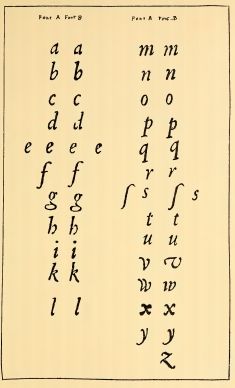 |
| Lower case Font-a and Font-b found by Gallup |
Which is pretty
unequivocal enough. Gallup uncovered all manner of ‘secrets’ from the
Elizabethan court, the deeds and characters of Elizabeth, Leicester and Essex,
the Essex rebellion and his execution, Bacon’s love for Marguerite of Navarre
and his plans to marry her after her divorce from the future Henry IV of
France, and a number of poems and prayers. Her discoveries began to attract
others, who added discoveries of their own.
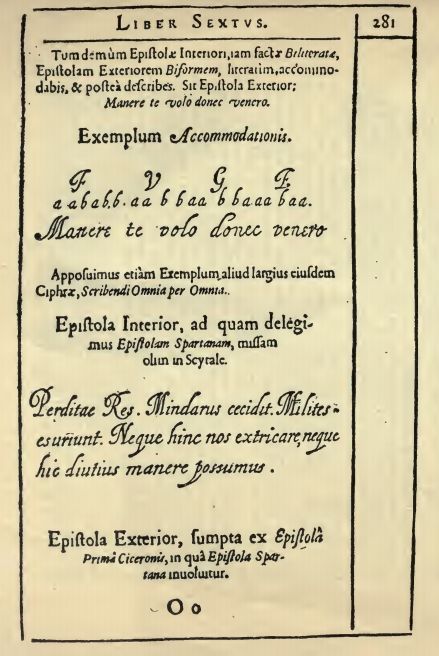 |
| Bacon - De Augmentum - The Spartan message mid-way down the page |
For example, Henry Seymour looked
at the Spartan message that Bacon had used as an example in his explanation of
the bi-literal cipher in his De Augmentis (the one I mentioned
yesterday, that begins with the word ‘Perditae’). Seymour claimed that
if deciphered, the letters ‘EPKIEAALLSKWSAEHMI’ are revealed, and these letters
are an anagram of ‘WILLIAM SHAKESPEARE’.
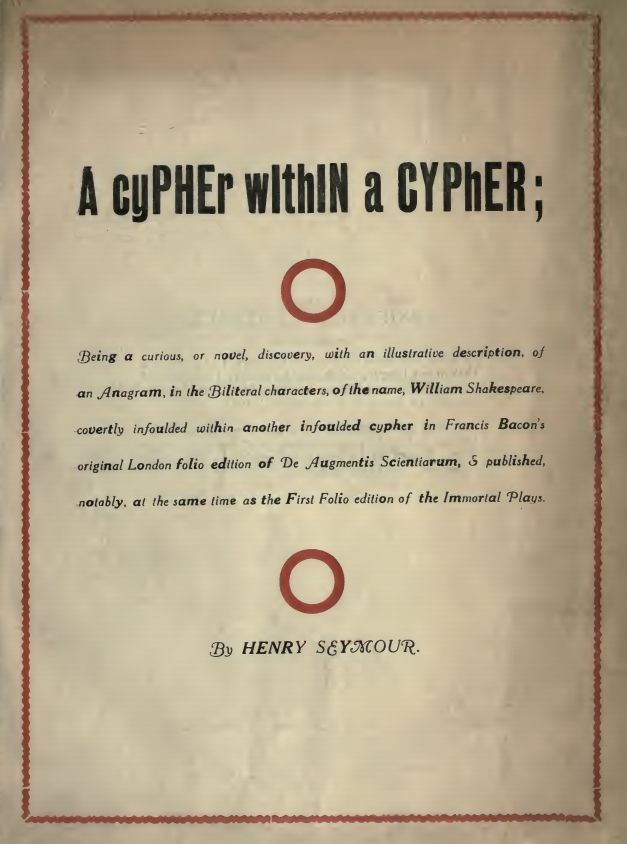 |
| Henry Seymour - A Cipher within a Cipher - 1896 |
It seemed that Mrs Gallup had founded
a cottage industry, with further books supporting the theory appearing from Mrs
Henry Potts and Mrs Gertrude Fiske. Other writers also claimed to have found
messages hidden by Bacon, recovered by a variety of methods of cryptography but
there was only one problem.
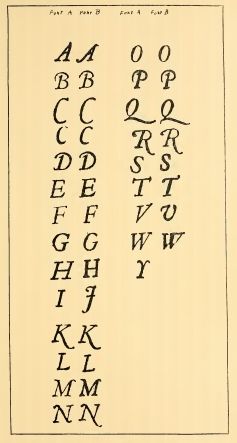 |
| Font-a and Font-b as found by Gallup |
The messages weren’t really there. Further analysis
by modern cryptographers and code-breakers has found faults in the methods
employed by Gallup and the rest. Research into the methods used by Elizabethan
and Jacobean printers and type-setters has shown that it was common practice at
the time to use a variety of mixed fonts, which results in the appearance of a
text that looks like it might contain a coded message, but that is exactly the
problem.
It looks like it might contain a message and when somebody
starts to look for a hidden message, they will usually find one,
eventually. It is all as much wishful thinking as that which inspires people to
seek satanic messages that can be heard if certain rock songs are played
backwards, structures on the surface of Mars or ley-lines scattered across the
English countryside.
No comments:
Post a Comment